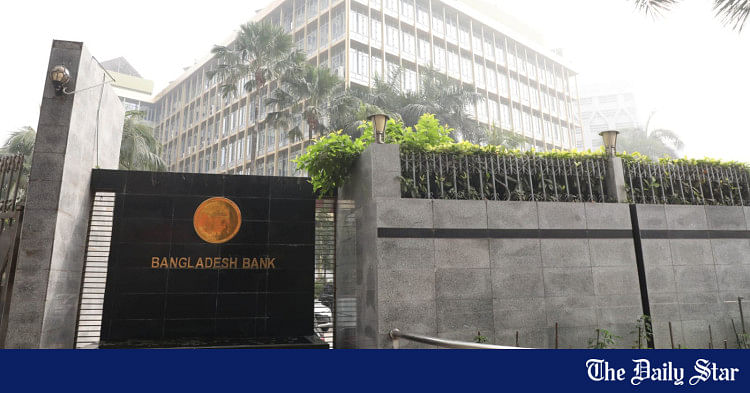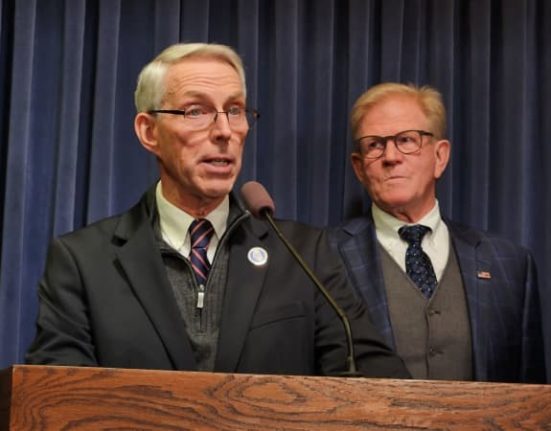Bangladesh’s interim government has granted the central bank sweeping new powers to intervene in the troubled banking sector, in what is seen as a landmark step toward restoring financial discipline.
The Bank Resolution Ordinance 2025, now in force as an official gazette, gives Bangladesh Bank broad authority to act against any of the country’s 61 scheduled banks, including private, state-owned, and foreign institutions. At least a dozen are believed to be in bad shape, with some surviving only on emergency liquidity support from the central bank.
Under the new law, Bangladesh Bank can forcibly transfer ownership of a failing bank to a state entity. It also allows immediate intervention in cases of fraud or gross mismanagement, such as when bank owners divert funds for personal gain by triggering formal resolution proceedings.
The ordinance also introduces “bridge banks”, a powerful new tool in the country’s regulatory arsenal. These are temporary, state-owned institutions set up to take control of a failing bank’s viable operations, ensuring that banking services continue uninterrupted while a long-term solution, such as a sale, merger, or liquidation, is arranged.
However, analysts warn that the effectiveness of the framework hinges not on the strength of the law, but on the willingness of the authorities to act. The ordinance is in place. Now the question is: will it be used?
The law mandates that a bridge bank must not operate beyond two years from the date of the final asset transfer. At the end of this period, Bangladesh Bank may dissolve the bridge bank, merge it with another institution, or sell its assets and legal rights to a third party. This hard deadline is intended to avoid indefinite state ownership and ensure that bridge banks serve as temporary stabilisation mechanisms rather than long-term bailouts.
A Bank Restructuring and Resolution Fund will also be created to finance such interventions, drawing contributions from the government, international lenders, and risk-based levies on banks.
For years, economists and banking experts have urged a reduction in the number of banks, calling for mergers or the liquidation of weak institutions. But successive governments have been reluctant to take action. During the Awami League’s tenure, officials argued that closing a bank, even in cases of severe capital shortfalls or poor governance, would destabilise the financial system.
Instead, insolvent banks were propped up by repeated central bank support, often involving printing money, a practice that economists say fuelled inflation and deferred necessary reforms.
The current central bank governor, Ahsan H Mansur, has indicated a break with the past. Speaking under the interim administration, he has consistently stated that troubled banks will be shut down or consolidated under the new law. He has also urged the next elected government to maintain the momentum for structural reform.
Experts have cautiously welcomed the ordinance as a step forward. The tools are now on paper, but Bangladesh’s track record shows that enforcement, not legislation, is the real test.
Whether the ordinance leads to a genuine clean-up of the banking sector or simply adds another chapter to the country’s dense regulatory playbook will depend on the actions taken in the coming months.







